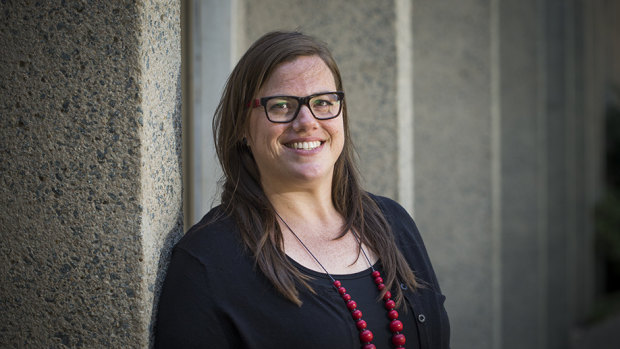Our fertility rate fell to a record low of 1.59 during the early stages of COVID-19. While some predicted a post-pandemic baby boom, it was more a whimper than a bang. Fertility barely lifted and appears to have started easing again.
According to the research in The Lancet, it is forecast to drop to 1.45 by 2050, and 1.32 by 2100.
Some argue that Australia should shut off immigration. If that were to happen, Australia would quickly feel the pressures that countries such as China, South Korea and Japan are now experiencing, which is a fall in their total population.
Growing populations put strains on a country’s infrastructure and environment. A falling population puts a strain on the entire economic system.
According to Australian National University demographer Liz Allen, a country in which young people think the future’s too bleak to have one child or an extra baby is in dire trouble.
She says four issues – housing affordability, gender inequality, job security and climate change – are weighing on couples contemplating kids.
Demographer Liz Allen says young people face enormous hurdles when deciding whether to have just one child.
While Chalmers has done the right thing by talking about fertility, she says, governments have to think much more broadly than just about childcare or the old baby bonus because they have to change societal norms.
“They have to go big. Much bigger. We’re now fighting changed social norms which may be insurmountable. We’re not even talking about bigger families, we’re talking about having one child or one extra child,” she says.
“There are people who don’t want to have children, and that’s their choice. But for those young people who do want to have a family, we’ve made it almost impossible.”
Fellow demographer Peter McDonald cautions that while the fertility rate is below replacement level, it has edged down only over recent years. Young migrants were helping to offset the decline in the proportion of births.
Loading
He says governments can make the biggest difference by reducing the cost of childcare and increasing its accessibility. Australia also benefits from a workplace culture in which many new parents can negotiate with their employers.
But McDonald acknowledges the delay in child-bearing – the median age for Australian mothers is at a record high of 31.9 years – is a factor.
“People are becoming accustomed to a child-free lifestyle. I think that’s a bigger issue than the physiological one of people having children at older ages,” he says.
When Costello urged people to have kids back in 2004, the fertility rate was 1.78 and slightly climbing. It was a demographic echo from Generation X that would dissipate through the 2010s.
By openly talking about fertility, Chalmers has put back on the political agenda an issue that this country – and almost all others – will have to wrestle with over the coming years and decades.
Cut through the noise of federal politics with news, views and expert analysis. Subscribers can sign up to our weekly Inside Politics newsletter.
Read More: World News | Entertainment News | Celeb News
SMH
